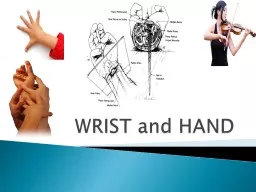PPT-GETTING THE RIGHT HAND
Author : Dollface | Published Date : 2022-08-02
TO WORK WITH THE LEFT Researching Knitting to Facilitate Change and Improve Wellbeing Betsan Corkhill February 2014 1 Betsanstitchlinkscom BACKGROUND Gave up physiotherapy
Presentation Embed Code
Download Presentation
Download Presentation The PPT/PDF document "GETTING THE RIGHT HAND" is the property of its rightful owner. Permission is granted to download and print the materials on this website for personal, non-commercial use only, and to display it on your personal computer provided you do not modify the materials and that you retain all copyright notices contained in the materials. By downloading content from our website, you accept the terms of this agreement.
GETTING THE RIGHT HAND: Transcript
Download Rules Of Document
"GETTING THE RIGHT HAND"The content belongs to its owner. You may download and print it for personal use, without modification, and keep all copyright notices. By downloading, you agree to these terms.
Related Documents

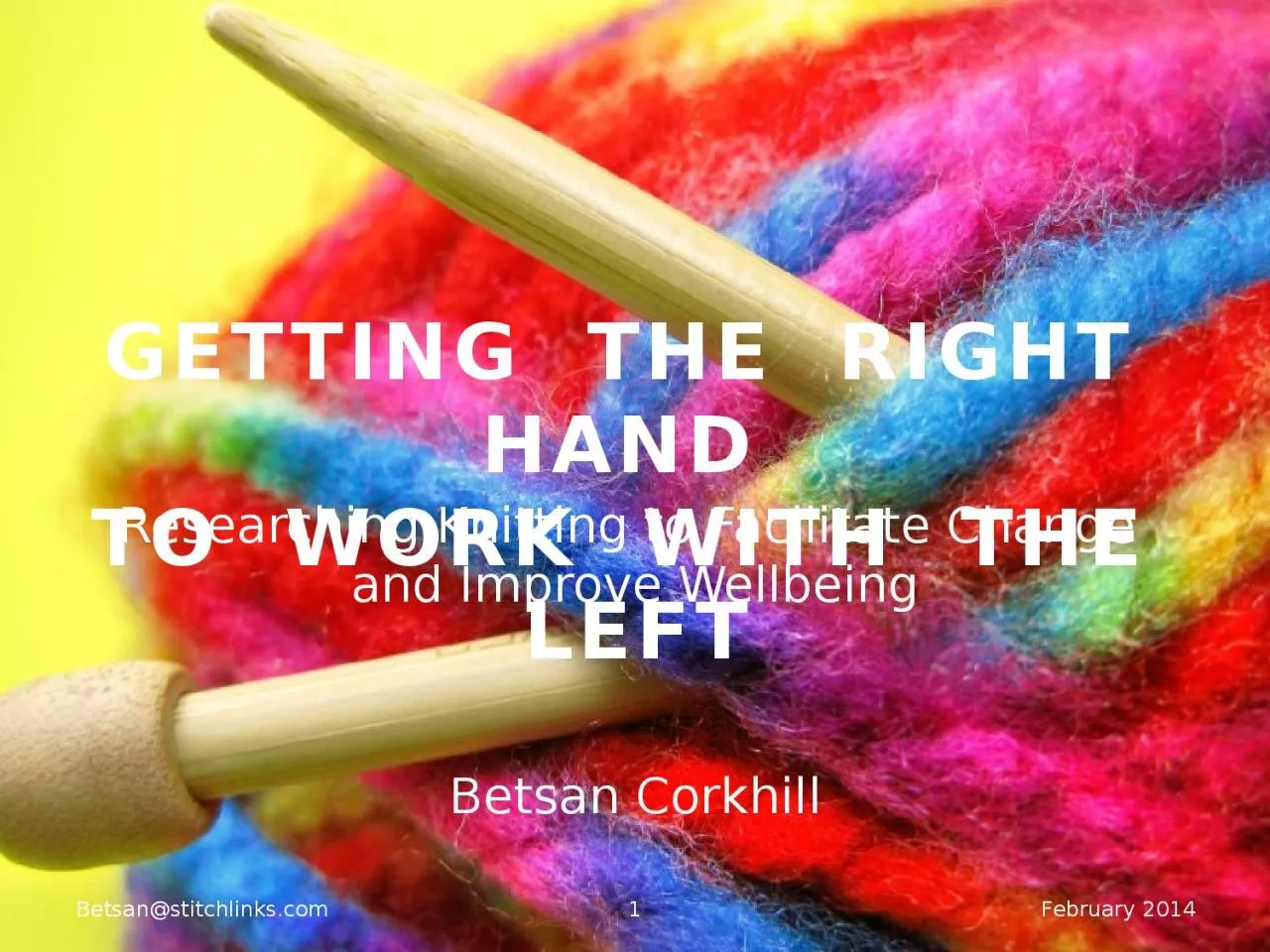
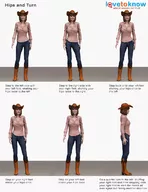
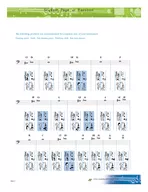
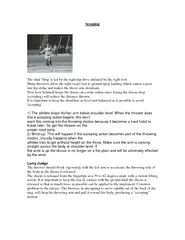

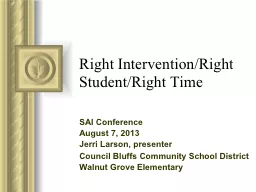
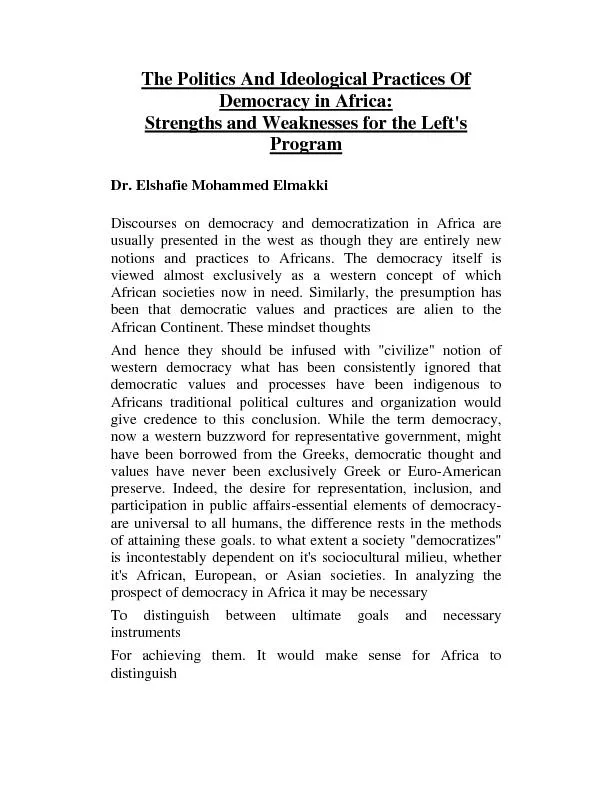
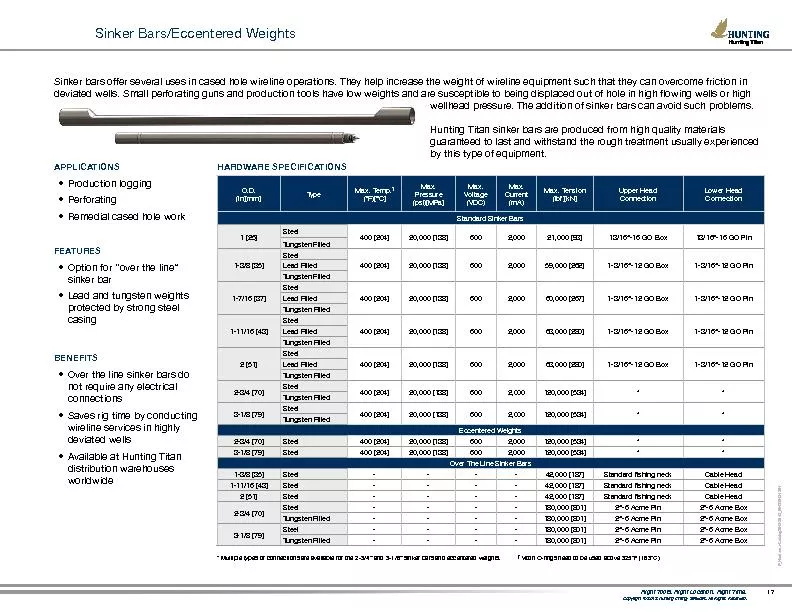
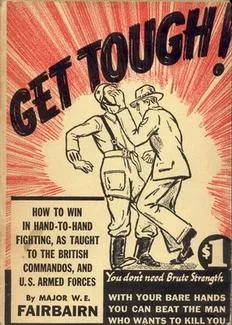
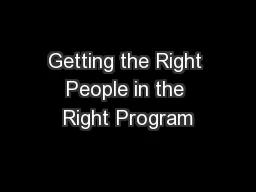

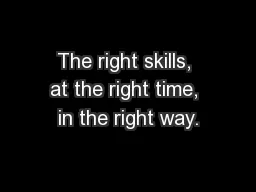
![[EBOOK] - Med School Rx: Getting In, Getting Through, and Getting On with Doctoring](https://thumbs.docslides.com/906464/ebook-med-school-rx-getting-in-getting-through-and-getting-on-with-doctoring.jpg)
